50+ Sample Contract Agreements
-
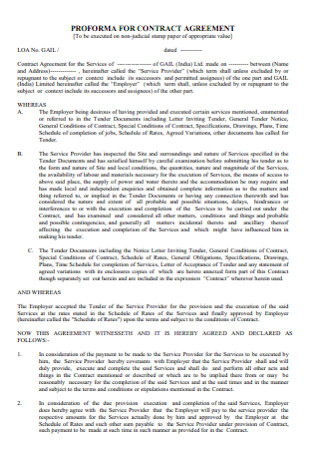
Proforma for Contract Agreement
download now -
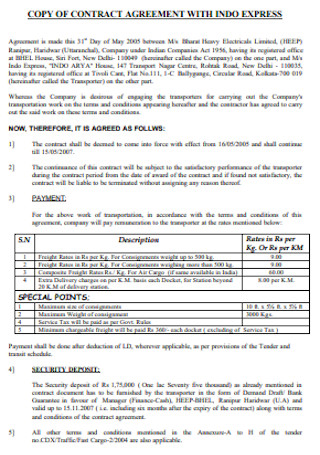
Contract Agreement for Indo Express
download now -
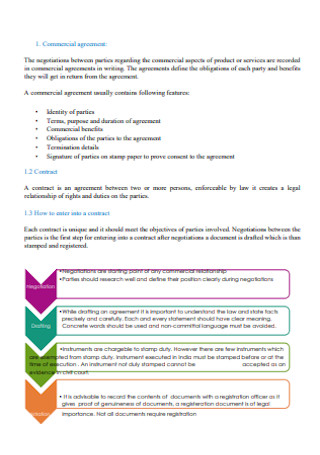
Commercial Contract Agreement
download now -
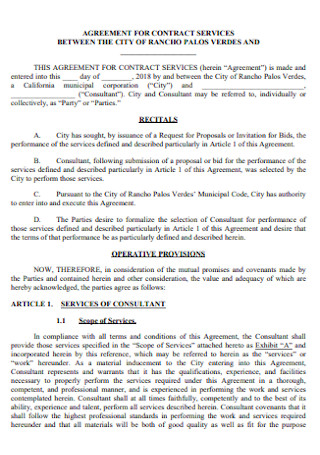
Contract Service Agreement
download now -
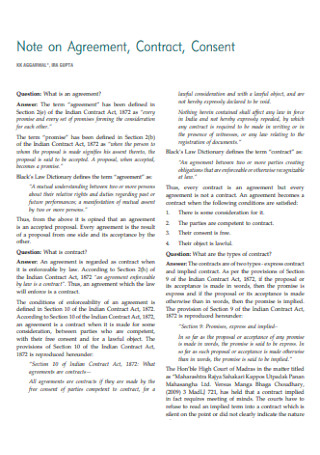
Note on Agreement and Contract
download now -
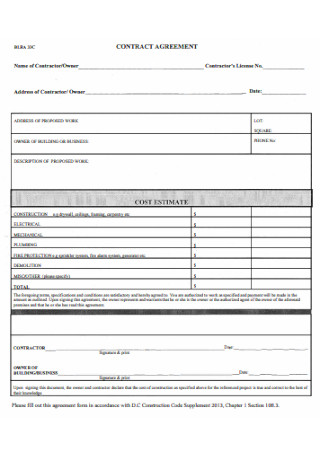
Sample Contract Agreement
download now -
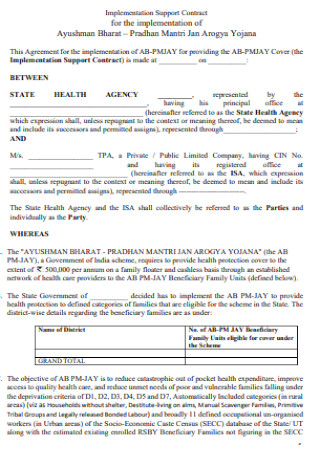
Implementation Support Contract Agreement
download now -
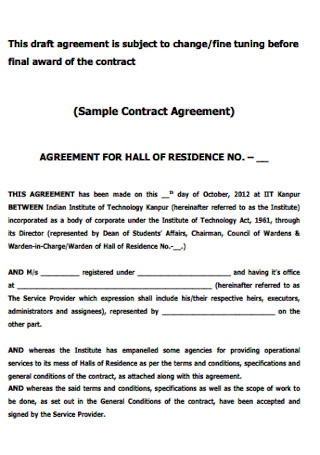
Sample Contract Agreement Example
download now -
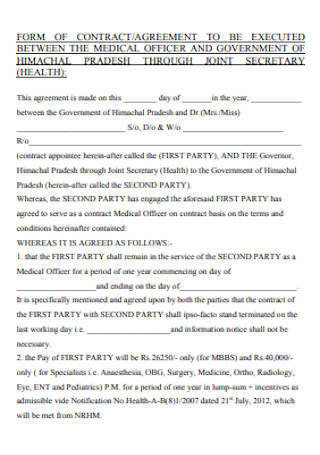
Medical Contract Agreement
download now -
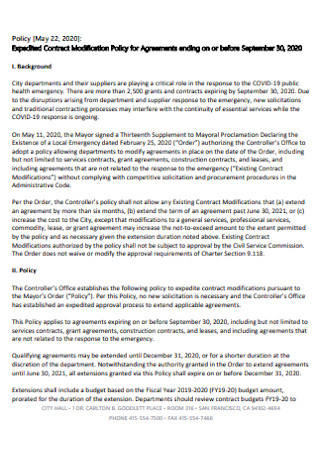
Contract Modification Policy for Agreement
download now -
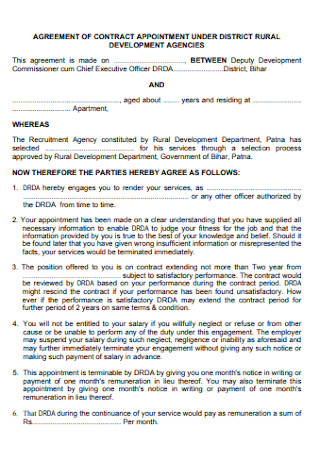
Rural Agencies Contract Agreement
download now -
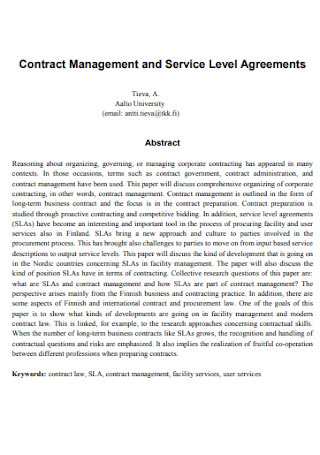
Contract Management and Service Level Agreements
download now -
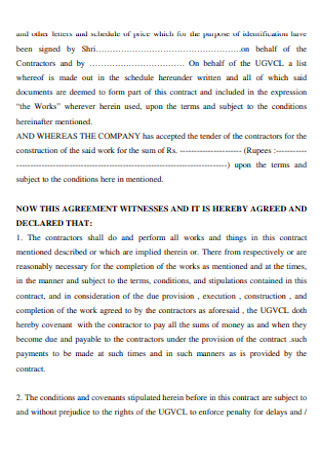
Basic Contract Agreement
download now -
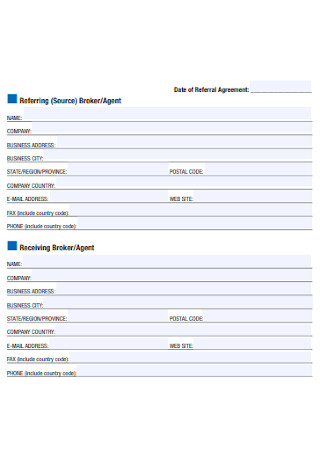
Referral Contract Agreement
download now -
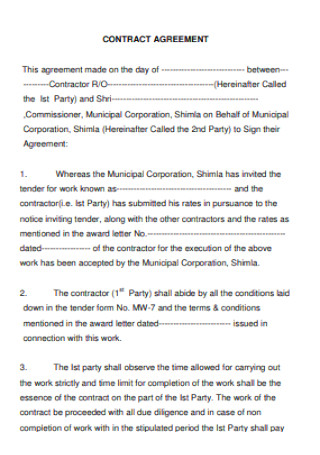
Simple Contract Agreement
download now -
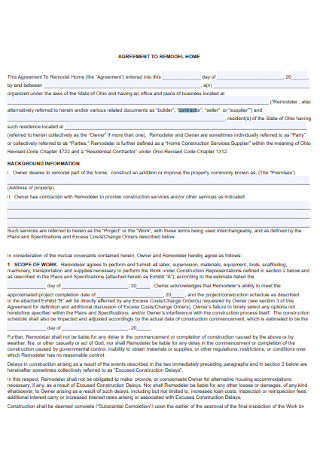
Home Remodel Contract Agreement
download now -
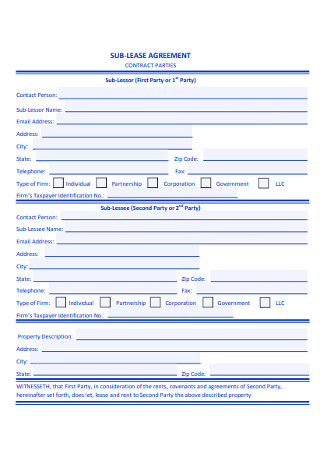
Sublease Contract Agreement
download now -
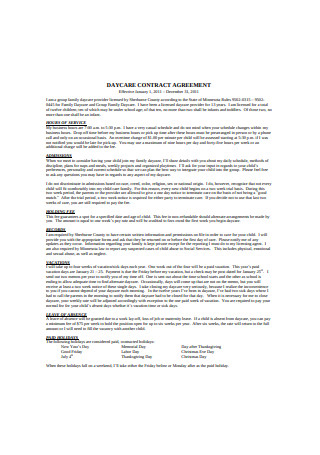
Daycare Contract Agreement
download now -
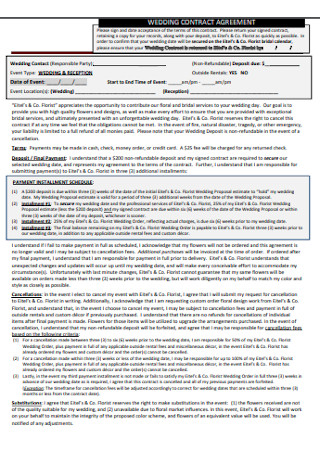
Wedding Contract Agreement Template
download now -
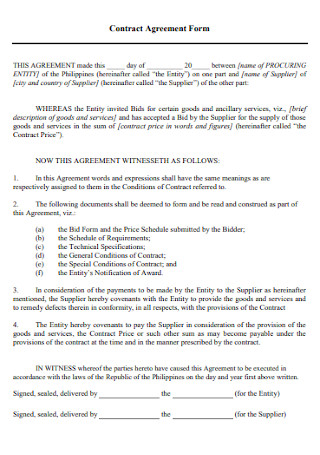
Contract Agreement Form
download now -
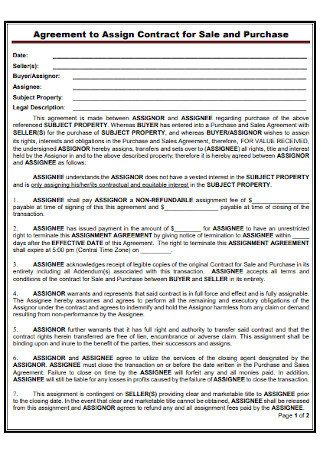
Agreement to Assign Contract for Sale
download now -
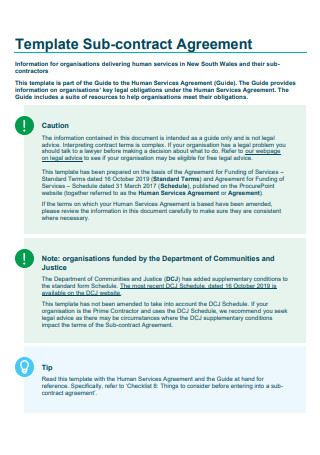
Sub-contract Agreement Template
download now -
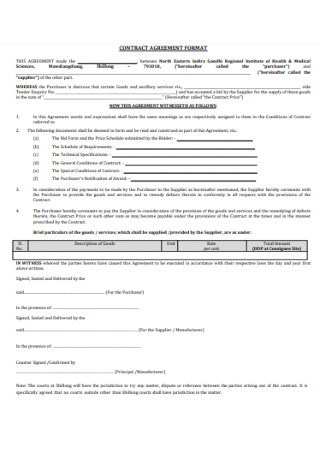
Contract Agreement Format
download now -
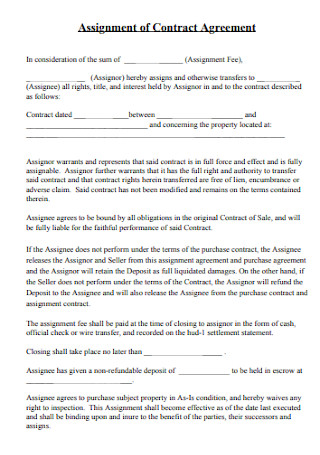
Assignment of Contract Agreement
download now -
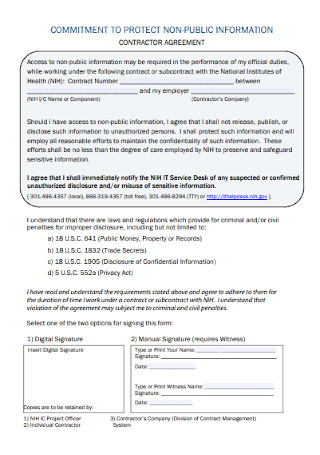
Contractor Non- Disclosure Agreement
download now -
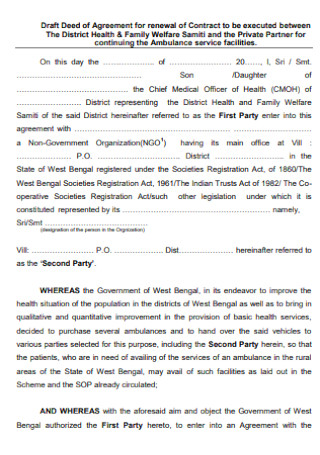
Agreement for Renewal of Contract
download now -
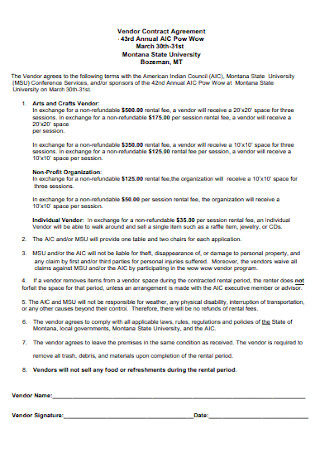
Vendor Contractor Agreement
download now -

Master Service Contract Agreement
download now -
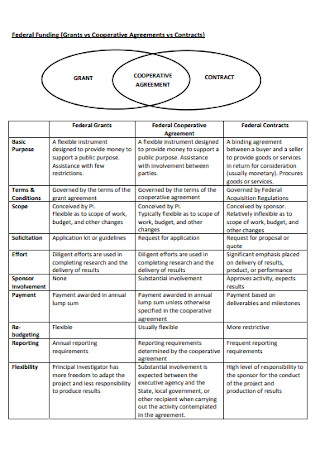
Cooperative Agreements and Contract
download now -
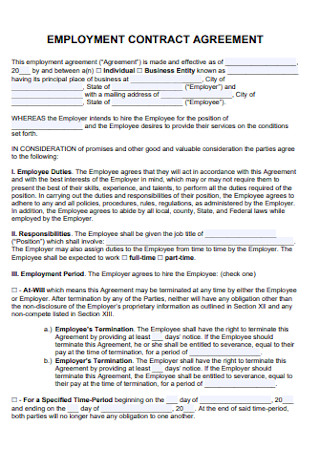
Employment Contract Agreement
download now -
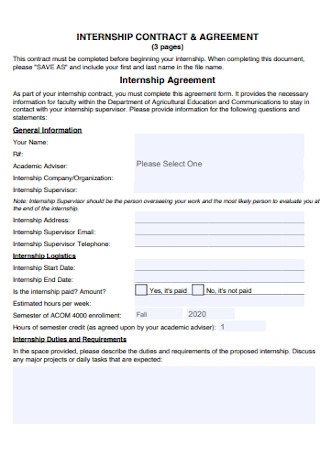
Internship Contract Agreement
download now -
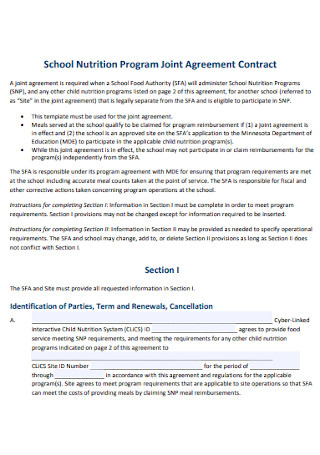
Program Joint Agreement Contract
download now -
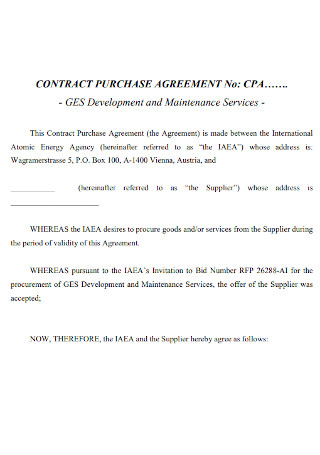
Contract Purchase Agreement
download now -
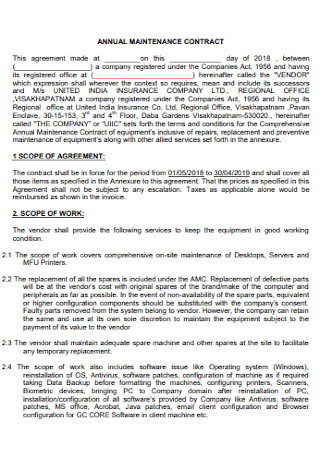
Annual Maintenance Contract Agreement
download now -
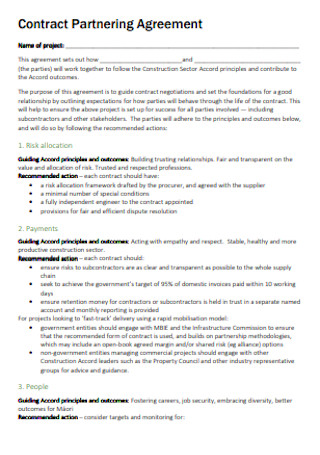
Contract Partnering Agreement
download now -
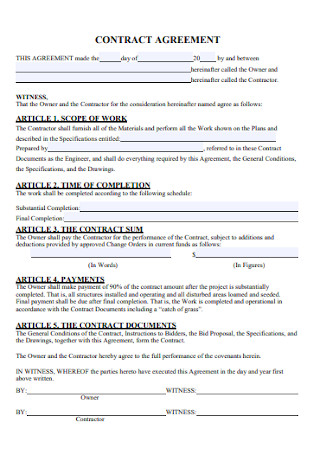
Standard Contract Agreement
download now -
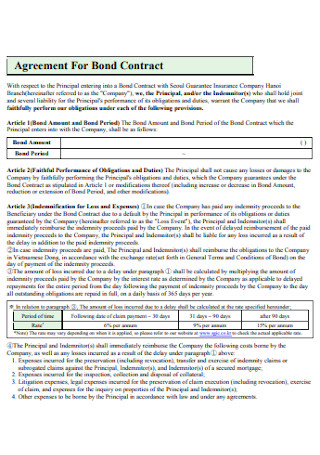
Agreement for Bond Contract
download now -
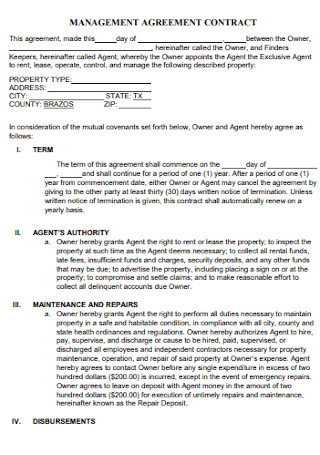
Management Contract Agreement
download now -
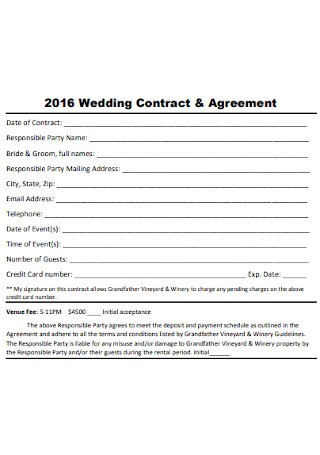
Wedding Contract Agreement
download now -
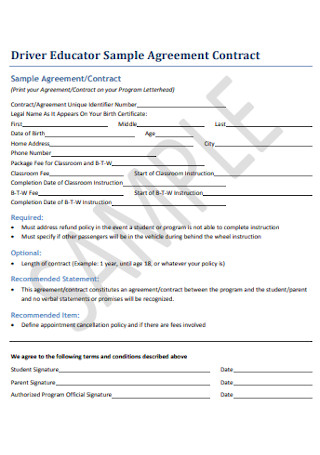
Sample Educator Contract Agreement
download now -
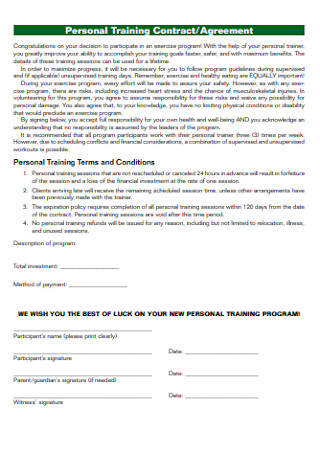
Personal Training Contract and Agreement
download now -

Contract Agreement for Group of Consultation
download now -
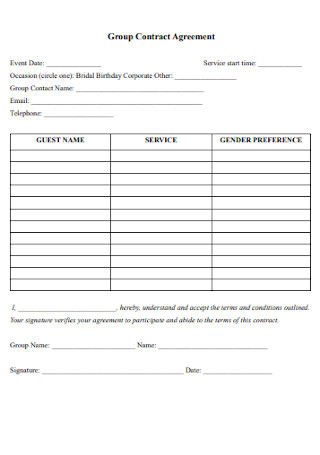
Group Contract Agreement
download now -
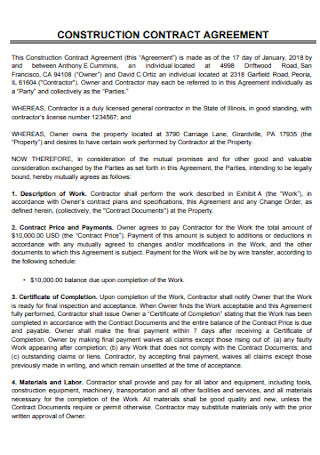
Construction Contract Agreement
download now -
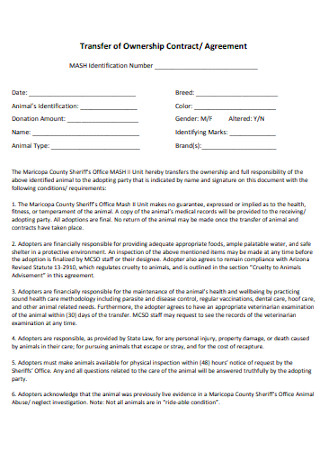
Transfer of Ownership Contract Agreement
download now -
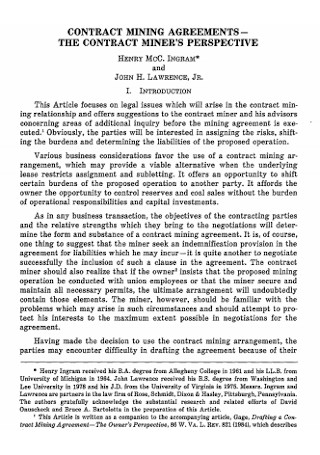
Contract Mining Agreement
download now -
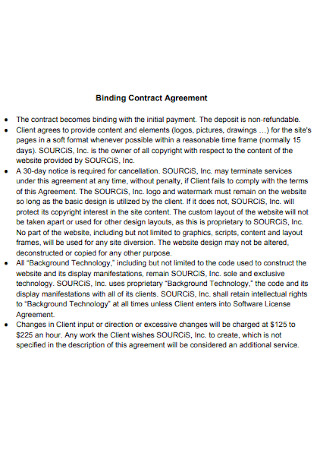
Binding Contract Agreement
download now -
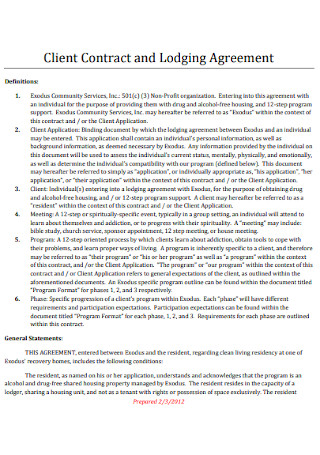
Client Contract Lodging Agreement
download now -
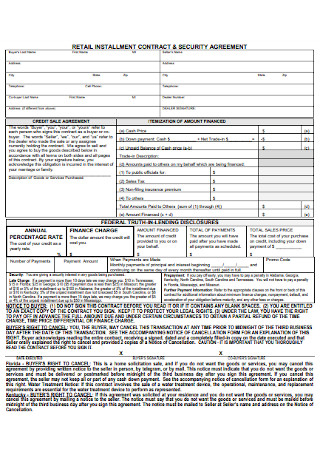
Retail Installment Contract Security Agreement
download now -
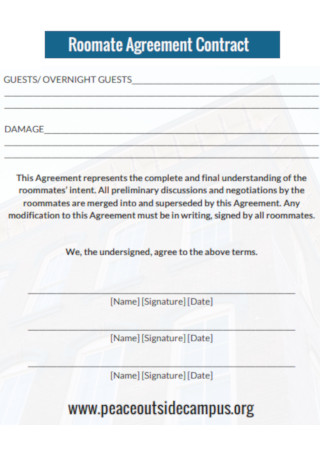
Roommate Agreement Contract
download now
FREE Contract Agreement s to Download
50+ Sample Contract Agreements
What Is a Contract Agreement?
Processes in a Contract Agreement
The Downside Of Failing to Prepare a Contract Agreement
Types of Contract Agreements
How to Write a Contract Agreement
FAQs
How do you write a contract agreement?
What is a contract agreement in construction?
What is a subcontract agreement?
What Is a Contract Agreement?
A contract agreement is a legal document made between two or more parties, outlining various terms and conditions such as an exchange, compensation, service, etc. The objective of a contract is to establish an understanding and acceptance of those terms and conditions.
According to the Judicial Education Center of the University of New Mexico, a contract needs to contain four key elements for it to officially exist. The four elements are offer, consideration, acceptance, and mutuality.
Processes in a Contract Agreement
When it comes to creating contract agreements, there are many actions involved. And whether you are the one drafting the agreement or at the receiving end of it, it is important to be aware of the basic procedures contract signing entails.
The Downside Of Failing to Prepare a Contract Agreement
Having a contract agreement has multiple benefits and failing to prepare one, especially in the case of official business transactions, can result in unnecessary problems and will only hassle either party. The following are some of the major disadvantages of not having a contract agreement:
Types of Contract Agreements
There are several types of business contracts and an even wider array of formal agreements. The following are examples of specific types of contracts that are commonly used in business and are recognized by law.
How to Write a Contract Agreement
Depending on what type of contract you need, be sure to prepare the necessary details beforehand so it’s easier to craft the agreement. Whether it’s a simple and straightforward contract, or a lengthy memorandum, be sure to keep these steps in mind:
Step 1: Establish the Parties Involved
If you are the drafting party, always indicate the complete details of all parties, including yours. Your contract should start out by mentioning the complete names, addresses, company names, designation, and all other required details of the parties. Formats may differ and it’s best to decide on one prior to creating a contract agreement. There are dozens of templates to use as a guide. Choose one and fill in the necessary information.
Step 2: Include the Stipulations
State your terms and conditions and itemize them accordingly. For service contracts, stipulations usually cover the materials, order description, total amount, construction deliverables, due dates, etc. In the case of franchise agreements, the franchisor should briefly describe the relationship of both parties, indicate the agreed fees, mention training and business support plans, and include any other requirements.
Step 3: Review and Sign
Once you’ve drafted your contract agreement, review it or have someone proofread it before sending it out to the concerned parties. It’s not necessary for a lawyer to review your contract, a trusted friend or a business adviser may also examine it.
Step 4: Respond Accordingly
Wait for the other party’s response and respond accordingly. The receiving party can either accept the offer, negotiate with you, or make a counteroffer. Further, contracts can be amended until everyone reaches a mutual agreement and all parties are satisfied with the terms.
FAQs
How do you write a contract agreement?
Start by providing the details of each party involved. Proceed by itemizing and specifying each stipulation, depending on the nature of your contract. The terms and conditions make up the most important section of your agreement. Review your contract more than once, and make sure you leave adequate space for both parties to sign.
What is a contract agreement in construction?
Contracts are a basic part of construction processes. Agreements may range from quotations, purchase orders, unit price contracts, to contractual labor agreements. Most construction contracts stipulate the work or service to be rendered, materials, item description and quantity, pricing, construction guidelines, and terms of payment.
What is a subcontract agreement?
A subcontract agreement generally implies that a company seeks external labor to get a job done. Many businesses outsource services or raw material. For instance, a real estate company may have in-house designers and architects but despite this, they still opt to hire an external agency to design a commercial building. The subcontractor in this particular instance is the design agency.
A contract agreement is one of the most basic formal documents. Chances are, you have seen a contract at least once in your professional life. No matter how simple or all encompassing a contract may be, it is a binding agreement and an official document recognized by law. Whatever your business needs, make sure your contracts are clear and effective. Download a contract agreement sample and start making one today!
